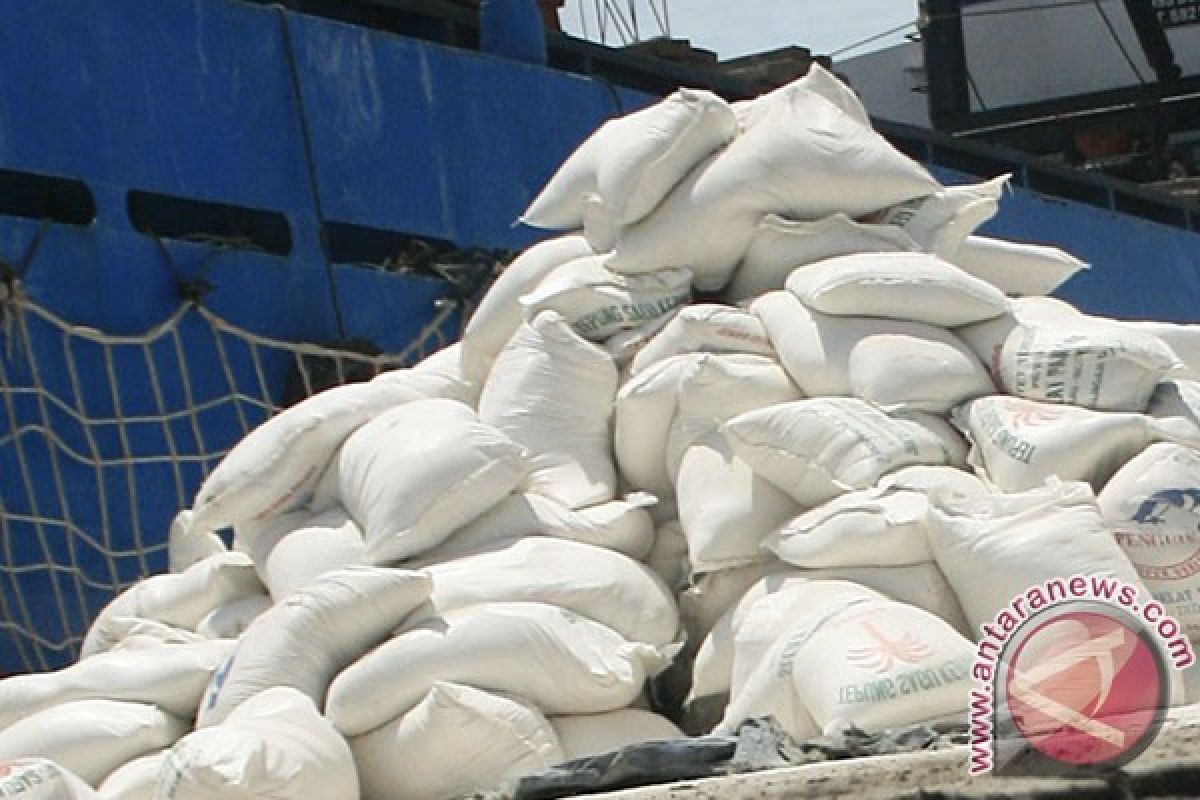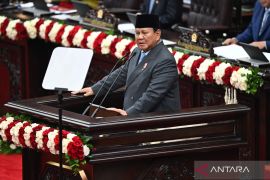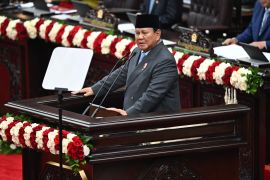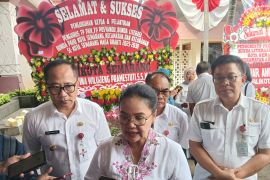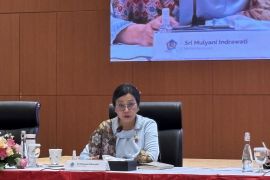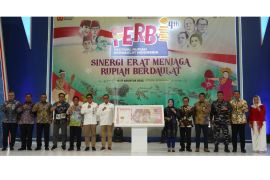Promoting the diversification of food will make the public realize that they have many other staple foods, such as cassava, corn, tubers, and sago, in place of rice, to assure their food security.
When sago is grown under organized farming practices, it has a potential yield of 10-15 metric tons of dried starch per hectare per year.
This starch yield per hectare is approximately three to four times higher than that of rice, and that means sago can play an important role in promoting food security.
Konawei district government spokesman Ridwan Lamaroa remarked in Kendari, the capital of Southeast Sulawesi province, that sago palm also provides strong economic, cultural and environmental advantages in rural areas where it is grown.
Because sago has become a favorite culinary, of course the need of this staple diet will be even greater, so Lamaroa imbued the people who have sago plant land at this time to be maintained and do not be replaced with other plants.
It can grow in swamps and wet land which are not suitable for agricultural production. It is tolerant to drought and floods. It increases farm household income and employment through the production of confectionery and cookies, roofing material from leaves and the production of woven mats and handicrafts.
The Sago worm cultured from old sego trunks is a local delicacy with high market value. Additionally it contributes to slowing the pace of global warming through its year-round carbon dioxide absorbing function.
"Hence, we hope that the residents will not damage the existing crops or sago forests, because it is a promising source of income amid the decrease of sago land," he said.
According to him, the Konawe district government is currently providing sago management equipment for the community groups in order to develop the welfare of sago plant owners.
"In order for residents to process sago no longer in the traditional way, there is a kind of small-scale processing plant," he said.
The potential of local food from sago like sinonggi, can be used as a local commodity and could be a business to improve the economy of the community.
Further, Lamaroa noted that the Konawe district government is currently focusing on the development of sago cultivation to save the plant from being extinct.
Sago is one of the staple foods in some districts in Southeast Sulawesi that is increasingly threatened with extinction, so public awareness needs to be raised to save the sago plant in order to remain sustainable.
Lamaroa has called on the local community to preserve sago fores in a sustainable manner because it is a food reserve for them.
Sago is the staple food of the people of Konawe since time immemorial. Even without rice, the people there can consume sago for survival.
Therefore, he encouraged the local people to preserve sago forest, and do not destroy it for agriculture and other development interests.
"Sago forests should not be burned to clear land for plantations, especially oil palm plantations which can only damage the humus, the substance made from dead leaves and plants for soil fertility," he noted.
According to him, sago plants not only serve as food reserve, but also protect the water source for the life of the local community community in general.
Further, he expressed hope that the indigenous people of Papua can unite to reject irresponsible parties who want to turn sago forests into oil palm plantation.
Sago can be a solution to make Indonesia self-sufficient in staple foods, because it does not require a large plot of land and is able to grow without any intensive care.
Sago has a high carbohydrate content and is easy to digest, and of better quality compared to rice.
Indonesia can achieve food self-sufficiency if all the people in the eastern part of the country consume sago.
Wild sago is of good quality and can be processed into a variety of food products with high carbohydrate content.
In the light of this, the government of Indonesia needs to continuously promote diversification of food to reduce the public dependence on rice.
In addition, educational institutions also need to provide the public with an insight into the diversification of food other than rice, considering the fact that consumption of rice in Indonesia is higher than in most other countries.
Providing an insight into the diversification of food in addition to rice is important from an early age, because the people of Indonesia have been looking at rice as a staple food for many years.
Even now, Indonesians believe that if they have not eaten rice, they have not eaten at all.
In fact, the production of rice in Indonesia is never enough to meet the challenge of food security for the country`s population of 250 million.
Therefore, the country is forced willy-nilly to rely on rice from Thailand and Vietnam in order to maintain food security.
Indonesia needs to import rice from these two countries, but if the relationship with them is ever disturbed, Indonesia would find it difficult to meet the needs of the people who depend on rice.
Consumption of rice in Indonesia currently reaches 135 kilograms per capita per year, while in Japan the rice consumption is at 50 kilograms per capita per year.
Indonesia is the biggest rice-consuming country in the world, and food diversification should be a national policy under the presidential instruction.
The public should change food and culture patterns, and need a presidential instruction to support a massive campaign on food diversification.
The eating habit of Indonesians is different from those in other countries who prioritize health.
Hence, the people should diversify their food habits and consume healthy food made of alternative materials, such as potatoes, corns, cassava, tubers, and sago.
(T.O001/A/KR-BSR/B003)
Reporter: Otniel Tamindael
Editor: Heru Purwanto
Copyright © ANTARA 2017
